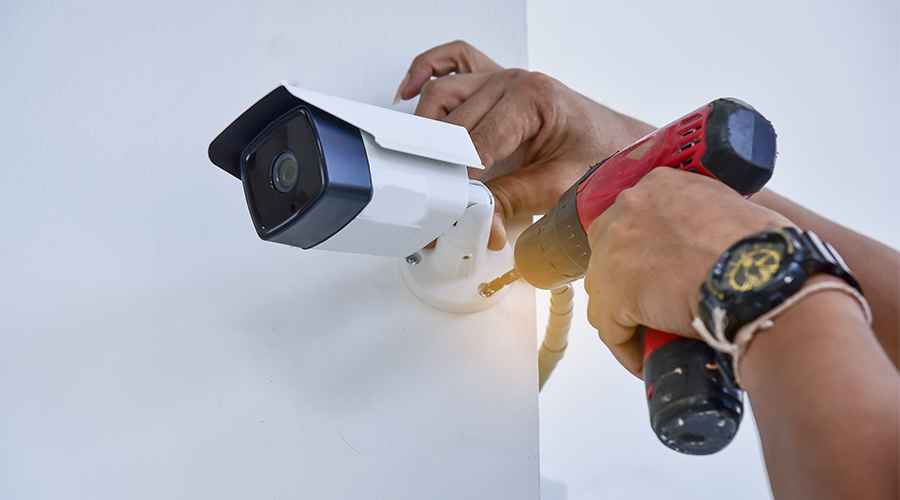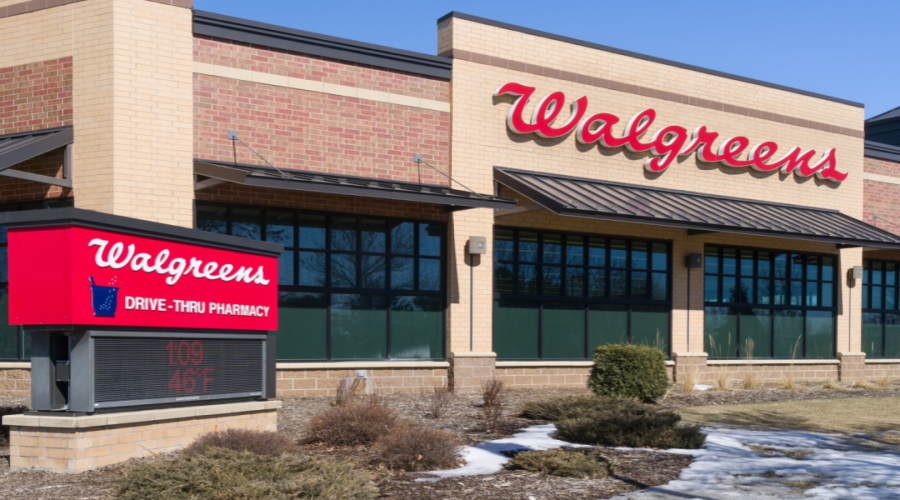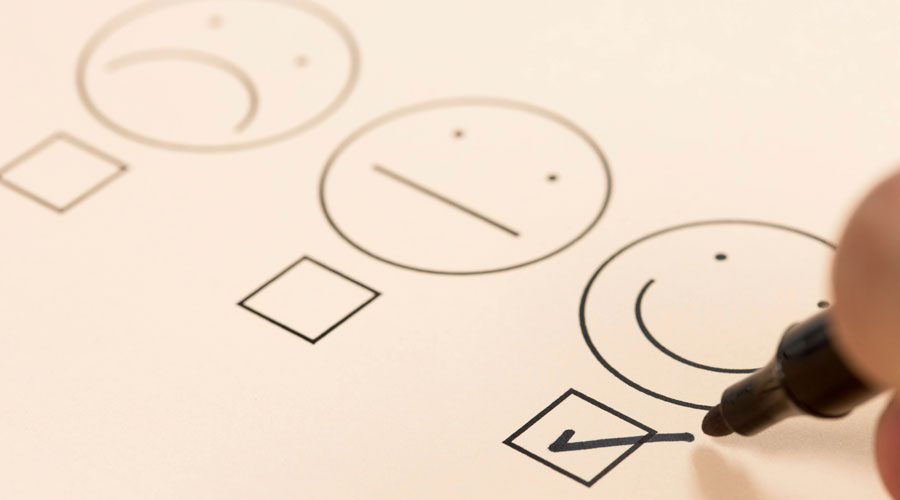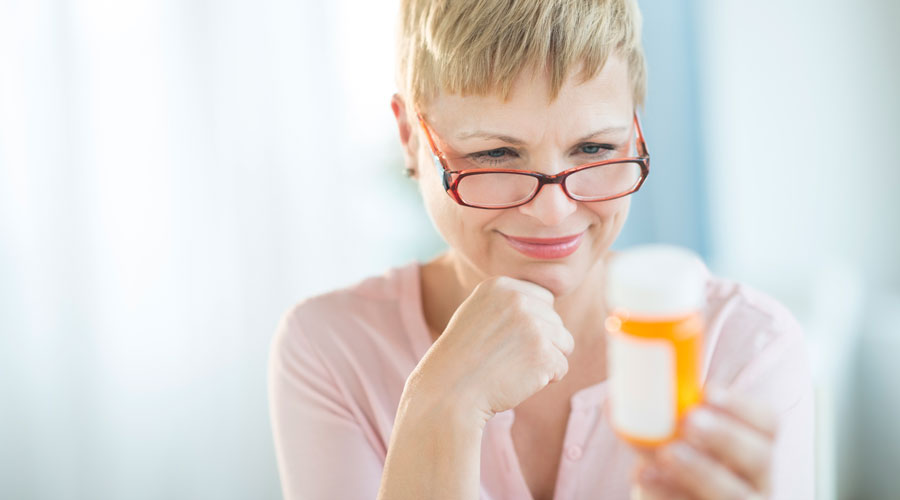As America’s opioid epidemic rages, the risk of pharmacy robberies and burglaries is rising. New regulations mean prescription opioids are increasingly difficult to acquire legitimately. But demand hasn’t waned. That leads to a big opportunity for illicit drug dealers to profit from providing narcotics to the millions of Americans who abuse the addictive substances.
Since 2001, at least 5,014 robberies and 2,541 burglaries occurred at pharmacies, according to RxPatrol, a national database that tracks, analyzes, and provides information on pharmacy crime. In 2016 alone, pharmacies reported 1,268 burglaries and 822 armed robberies.
“It’s the only place of business in today’s society that you can go in and steal the product that it offers and get more than what it’s worth,” said one convicted thief to sociologist Tara O’Connor Shelley, PhD, in a multi-year study from Colorado State University on pharmacy robbery and burglary. The majority of study participants called pharmacies “easy targets” because of a perceived lack of security.
Even if your pharmacy’s insurance covers theft, it still harms your business in several ways. Missing stock means reduced cash flow, lost sales, and potentially lost patients. Plus, you suffer opportunity costs for the time you’ll spend restocking, managing insurance claims, and dealing with employee and patient unease.
And beyond your business, the consequences of losing opioids to theft are steep: Opioids contributed to 42,249 overdose deaths in 2016 and an estimated 49,060 in 2017.
Protect your pharmacy
The Colorado State study said 42 percent of pharmacy robbers and burglars targeted a locally owned store. Many of them perceived “mom and pop” stores as having more security weaknesses they could potentially exploit.
Prove the perpetrators wrong with some preventive measures. More than half of the offenders said cameras outside the building would deter them from the crime. Only half said an alarm system is an effective deterrent, but a silent alarm allows your staff to calmly comply with the robber’s demands while ensuring help is on the way. The fewer staff working, the higher your vulnerability—90 percent said a lone employee would encourage a robbery and 67 percent said three would discourage them.
The most effective—and expensive—deterrents include time-delay safes, bullet-resistant barriers, locking door mechanisms, pass-through drawers, and guards.
Your staff stands on the front line during robberies, so it’s essential they know how to react during one. Conduct annual training with your employees. If you want to outsource the high-stakes instruction, private companies like Veritas Training Consultants and PharmaSafe offer pharmacy-specific online courses. Some state and local organizations have created similar programs to help business owners prepare for the possibility of burglary or armed robbery.
Keep a keen eye
Seventy-two percent of offenders reported they had visited the targeted pharmacy before the crime, and most did so while filling a prescription. Because of that, Pharmacists Mutual recommends watching for suspicious behavior, including “people avoiding eye contact, and folks who have an unusual interest in the cameras, motion detectors, and layout behind the counter.” Take notice of calls asking about specific opioids by name or asking other suspicious questions. Make a note each time these calls occur. If you notice several of them in a few days, give the police a heads up.
Crime risk varies widely from town to town and even block to block. Check the violent and property crime rates in your area to assess your risk. When considering taking more expensive security measures, weigh the upfront cost against your area’s specific risk.
Resist the urge to rely on your idea of your neighborhood as a “safe” or “unsafe” place. Opioid addiction occurs in communities of all kinds, which means illicit opioid sales are likely to occur in communities of all kinds—making pharmacy theft a possibility virtually anywhere.
From the Magazine
This article was published in our quarterly print magazine, which covers relevant topics in greater depth featuring leading experts in the industry. Subscribe to receive the quarterly print issue in your mailbox. All registered independent pharmacies in the U.S. are eligible to receive a free subscription.
Read more articles from the March issue:
- How to maximize rebates and profitability on pharmacy inventory
- These are the top front-end items to get on your pharmacy selves
- The essential guide to retail pharmacy layouts
- How to get five-star reviews online and why you can’t afford anything less
- How to reap more revenue with your point-of-sale system
- This independent pharmacy owner is standing up to PBMs
- Is technology the solution to non-adherence?
A Member-Owned Company Serving Independent Pharmacies
PBA Health is dedicated to helping independent pharmacies reach their full potential on the buy-side of their business. Founded and run by pharmacists, PBA Health serves independent pharmacies with group purchasing services, wholesaler contract negotiations, proprietary purchasing tools, and more.
An HDA member, PBA Health operates its own NABP-accredited warehouse with more than 6,000 SKUs, including brands, generics, narcotics CII-CV, cold-storage products, and over-the-counter (OTC) products — offering the lowest prices in the secondary market.












